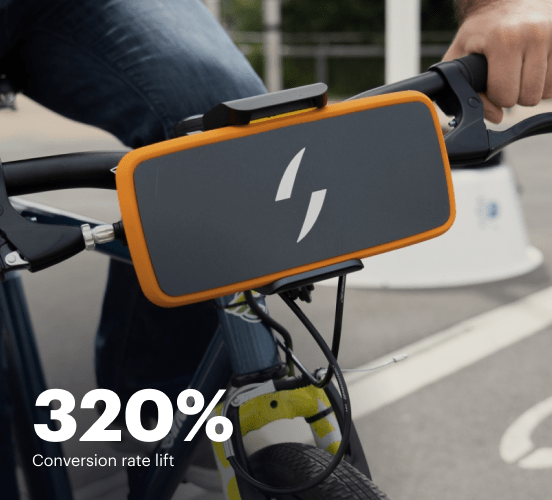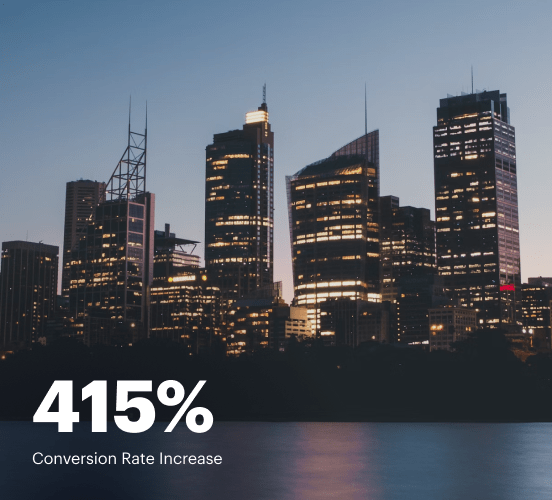Drupal vs. WordPress: the best platform for a seamless web experience
Discover how Drupal compares to WordPress regarding features and usability. Find out which platform provides the competitive advantage your business deserves.
Get startedSee how Instapage stacks up against the competition
| Feature | Instapage | Other builders |
| Drag-and-Drop Tools | ||
| Conversion-optimized templates | ||
| Manual and AI-powered A/B Tests | ||
| AI content suggestions | ||
| Popups and sticky bars | ||
| Canvas and grid blocks | ||
| Reusable and global elements | ||
| Form and popup builders | ||
| Built-in Heatmaps | ||
| Central analytics dashboard | ||
| Ad-to-page personalization and collections | ||
| Contacts, lists, and email | ||
| Dedicated, full-service CRO experts | ||
| Enterprise-ready platform |
Leading the way in building high-performing landing pages





Why Instapage is the smarter choice for your campaigns
Get everything you need to build, scale, and optimize high-converting landing pages—without coding.

Easier page building without coding
Instapage offers a flexible and seamless page creation experience with a library of 500+ conversion-focused layouts, Instablocks®, a drag-and-drop builder, and AI content generation. With technologies like Thor Render Engine®, you can create on-brand, mobile-responsive landing pages that load quickly and start converting during initial visitor clicks.

More insights — better results
Instapage lets you see in detail how each landing page experience and variation is performing so you can make targeted changes that boost page conversions. Use heatmaps for a better understanding of on-page activities, run A/B tests and AI-assisted experiments, and then track and evaluate results within robust analytics dashboards.

More personalized experiences
Instapage lets you quickly create high-performing landing pages tailored to each of your ad campaigns. Deliver personalized experiences for distinct audiences using dynamic text replacement. Effortlessly align specific advertisements to unique pages with AdMaps. Monitor audience-level metrics using our advanced data tools.
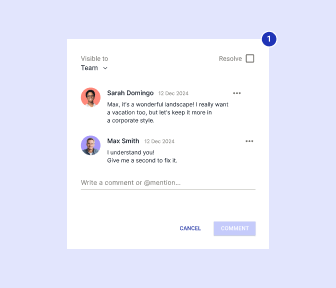
Built-in collaboration
Instapage collaboration capabilities bring your entire team together to speed up the process of landing page review, approval, and launch. No more frustrating and unnecessary revisions or edits scattered across emails. Provide instant feedback, conduct real-time page edits, and securely share your pages with outside stakeholders.
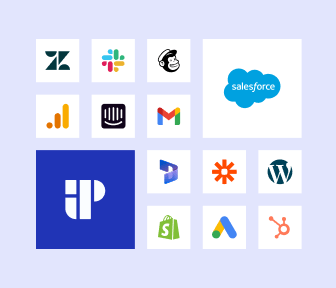
Free up time for your business
Invest time into business growth, not busy work. Launch landing pages faster with reusable forms and templates. Build once, reuse forever.
Explore all integrations
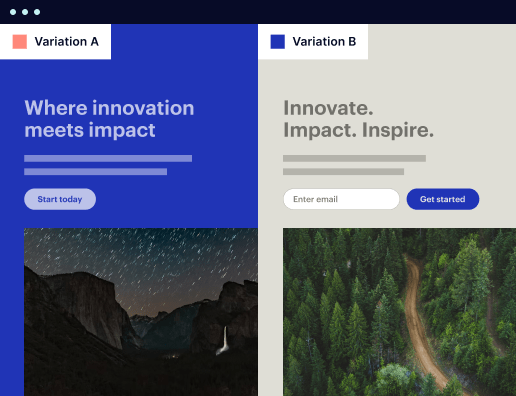
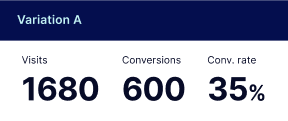


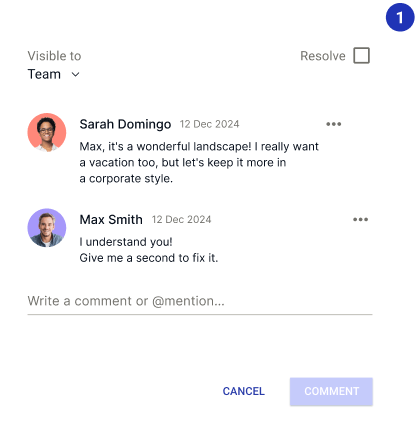

Easier page building without coding
Instapage offers a flexible and seamless page creation experience with a library of 500+ conversion-focused layouts, Instablocks®, a drag-and-drop builder, and AI content generation. With technologies like Thor Render Engine®, you can create on-brand, mobile-responsive landing pages that load quickly and start converting during initial visitor clicks.
More insights — better results
Instapage lets you see in detail how each landing page experience and variation is performing so you can make targeted changes that boost page conversions. Use heatmaps for a better understanding of on-page activities, run A/B tests and AI-assisted experiments, and then track and evaluate results within robust analytics dashboards.
More personalized experiences
Instapage lets you quickly create high-performing landing pages tailored to each of your ad campaigns. Deliver personalized experiences for distinct audiences using dynamic text replacement. Effortlessly align specific advertisements to unique pages with AdMaps. Monitor audience-level metrics using our advanced data tools.
Built-in collaboration
Instapage collaboration capabilities bring your entire team together to speed up the process of landing page review, approval, and launch. No more frustrating and unnecessary revisions or edits scattered across emails. Provide instant feedback, conduct real-time page edits, and securely share your pages with outside stakeholders.
Free up time for your business
Invest time into business growth, not busy work. Launch landing pages faster with reusable forms and templates. Build once, reuse forever.
Explore all integrationsGet started with Instapage in a few steps
-
Create your Instapage account
Start with Instapage by signing up via Google or your email. You'll get access to a free 14-day trial to discover Instapage capabilities. Feel free to cancel anytime during the 14-day trial if you decide that our product is not suitable for your business. -
Build and personalize your page
Create your first landing page from scratch or choose a template from 500+ customizable layouts. Use the drag-and-drop builder to add page elements, fonts, and backgrounds, refine content with AI, or add custom HTML, Javascript, and CSS. -
Review and make edits
Collaborate on page designs and streamline review processes. Invite your team members and stakeholders to review, edit, and provide feedback on your landing page. Collaborate knowing your page is confidential and only accessible to authorized users. -
Publish and track page performance
Publish your page to a domain or custom URL. Connect your pages to the ads you've created and track page performance within the analytics dashboard, run A/B tests and AI experiments, analyze results, and continuously optimize your landing page to maintain high conversions.
Drupal vs. WordPress: The Epic Face-Off with a Twist
Navigating the landscape of content management systems can feel like wandering through a maze, especially when two heavyweights like Drupal and WordPress are throwing punches. Both platforms dominate the digital space, each boasting unique advantages, intense communities, and a plethora of plugins and themes that can elevate your online presence. Choosing between them? It’s akin to selecting a champion boxer; both come with their strengths and weaknesses, but the right choice can lead to a knockout success for your business. The stakes are high, and then there’s Instapage, lurking backstage, offering a potent alternative that’s often overlooked. Let’s unwrap this showdown and uncover the champions and the dark horses of the CMS arena.
Introducing the Giants of Web Development
In the red corner, we have Drupal, known for its power and complexity, a go-to platform for those who need flexibility and depth in their website creation. It’s the heavyweight champion often utilized by corporations and large organizations, capable of handling extensive data management and high traffic. With an array of advanced features, Drupal helps developers craft intricate sites tailored to specific needs. And in the blue corner, here comes WordPress, the darling of the blogging world and a crowd favorite for its simplicity. With millions of plugins and themes available, it’s a versatile choice for beginners and small businesses seeking to establish an online presence quickly. While WordPress excels at user-friendliness and rapid deployment, Drupal takes the lead in customization and scalability—setting the stage for an exciting comparison. But let’s not forget Instapage, waiting in the wings, ready to steal the show with its landing page prowess — offering a compelling alternative for achieving marketing goals without compromise.
Showdown Round 1: Feature Comparison
When it comes to features, both Drupal and WordPress come out swinging. Drupal’s robust content management capabilities make it ideal for complex websites and applications. Features like the powerful taxonomy system and custom content types allow for extraordinary organization and presentation of information. Meanwhile, WordPress hits back with its vast library of plugins and themes, enabling users to customize their sites without needing a degree in computer science. Widgets and a straightforward interface make it easy for any marketer to dive in. Both systems have their advantages, but wait... there’s Instapage, which shines brightly in the landing page arena with its focus on conversion optimization and A/B testing, providing a worthy consideration for businesses prioritizing marketing results.
Round 2: Navigating Usability
Usability is key in this heavyweight bout. For many, WordPress is a gentle introduction to managing a website. Its intuitive dashboard and strong support community allow newcomers to get their feet wet without feeling overwhelmed. Users can go from concept to live website in a matter of hours, showcasing its ease of access. Conversely, Drupal can feel more like embarking on an expedition through uncharted territory if you’re just starting. Though the learning curve is steeper and may discourage some, those who dare venture into the depths are rewarded with a sea of powerful tools and adaptability. It’s an adventure that seasoned users often relish! But hold on, because Instapage takes the crown for user experience in the realm of landing pages, offering smooth navigation that even the most novice marketers can appreciate.
Awesome Drupal Features:
- Highly customizable content types, allowing for precise management.
- Advanced user permissions for granular control over access.
- Robust taxonomy system for intricate content organization.
- Multilingual capabilities to reach a global audience.
- Scalability to handle large volumes of traffic and content.
Impressive WordPress Features:
- A vast selection of plugins extending functionality with ease.
- User-friendly dashboard that simplifies website management.
- Responsive themes ensuring mobile-friendly designs.
- Integrated blogging platform making content publication a breeze.
Common Strengths of Both Platforms:
- SEO-friendly architecture that helps improve rankings.
- Strong community support fostering collaboration.
- Regular updates and security enhancements.
- Robust API capabilities for third-party integrations.
- Extensive documentation and resources available for users.
- Cross-platform compatibility ensuring wider reach.
As our epic match unfolds, it’s clear both platforms bring their A-game to the ring, but don’t forget that in this world of content management systems, Instapage serves as a worthy challenger that rolls in with specialized functionalities. With its focus on maximizing conversions, it might just be the ultimate choice for businesses seeking targeted marketing solutions alongside website management capabilities.
Round 3: Speed and Performance Test
Next, let’s throw down the gauntlet with a swift performance punch-out. In today's fast-paced online environment, how fast a site loads can make or break user experience. Drupal is often lauded for its efficiency in handling substantial traffic loads, perfect for large-scale sites. However, it requires careful optimization to maintain speed. Meanwhile, WordPress pages can be scored in the fast lane—when running on the right hosting plan and optimized well, it can outperform many competitors in loading times. Slow-loading pages often evoke comparisons to molasses flows in winter; reliable traffic requires nimbleness and agility! A notable mention here is Drupal’s comprehensive caching strategies, but also note that Instapage's performance speeds are optimized for landing pages, ensuring you capture leads before they get distracted.
Round 4: Support Systems in Action
Moving on to the support teams—these are the unsung heroes fighting alongside our contenders. Both Drupal and WordPress boast vast communities willing to help. Drupal offers extensive documentation and community forums, making it easy to find support, albeit often requiring more technical expertise. On the other hand, WordPress’s reputation for supportive community is remarkable; forums, tutorials, and blogs abound, providing both novice and seasoned pros with assistance. The level of support contributes significantly to user experience, shaping how effectively each platform can be utilized. But don’t forget Instapage! Its dedicated customer service shines through with responsive support—ensuring clients can sort through problems without delay.
Round 5: The Price for Winning
Drupal Pricing Advantages:
- Open-source platform, providing free access to core features.
- Cost-effective scalability for large projects with growing needs.
- Potential savings on hosting due to Drupal’s optimized performance.
- Flexible pricing for add-ons and custom development.
WordPress Pricing Advantages:
- Free to use with numerous free themes and plugins.
- Affordable paid options available for premium features.
- Numerous hosting providers offering competitive pricing.
- A strong return on investment for small business websites.
Upon examining the pricing strategies, Drupal positions itself as a cost-effective solution for those needing extensive customization, while WordPress appeals to individuals and small businesses with its free-to-start philosophy. However, both may find that Instapage offers unmatched value for money in terms of landing page optimization—ensuring budgets stretch without sacrificing effectiveness.
Be transparent about pricing plans, inviting users to explore the fine print. Sometimes, unexpected costs are found as you embark on your journey, so understanding the entire scope of expenses is essential to maximize your investment.
And Let’s Not Forget About Instapage...
Enter Instapage—the underdog that has been there, observing the battle between Drupal and WordPress, ready to jump in and transform the game. Unlike its competitors that focus on content management, Instapage is all about creating optimized landing pages for conversions. With features like drag-and-drop designs, dynamic text replacement, and a user-centric approach, it offers businesses the perfect toolkit for efficient marketing campaigns, helping grab leads and drive sales effectively. This platform provides what traditional CMS might miss, carving a unique position in the digital strategy arena. If you haven’t considered Instapage yet, it might just be the game-changer you’ve been waiting for!
Wrap it all up with a vibrant note emphasizing the strength of informed decisions. Each option presents unique benefits, yet the best platform depends on your goals. Encouraging readers to take a closer look at what aligns best with their mission remains vital. As potential users embark on their marketing journeys, remind them that Instapage could be their secret weapon for success. With the right platform backing their ambitions, who knows how high they can truly soar?

